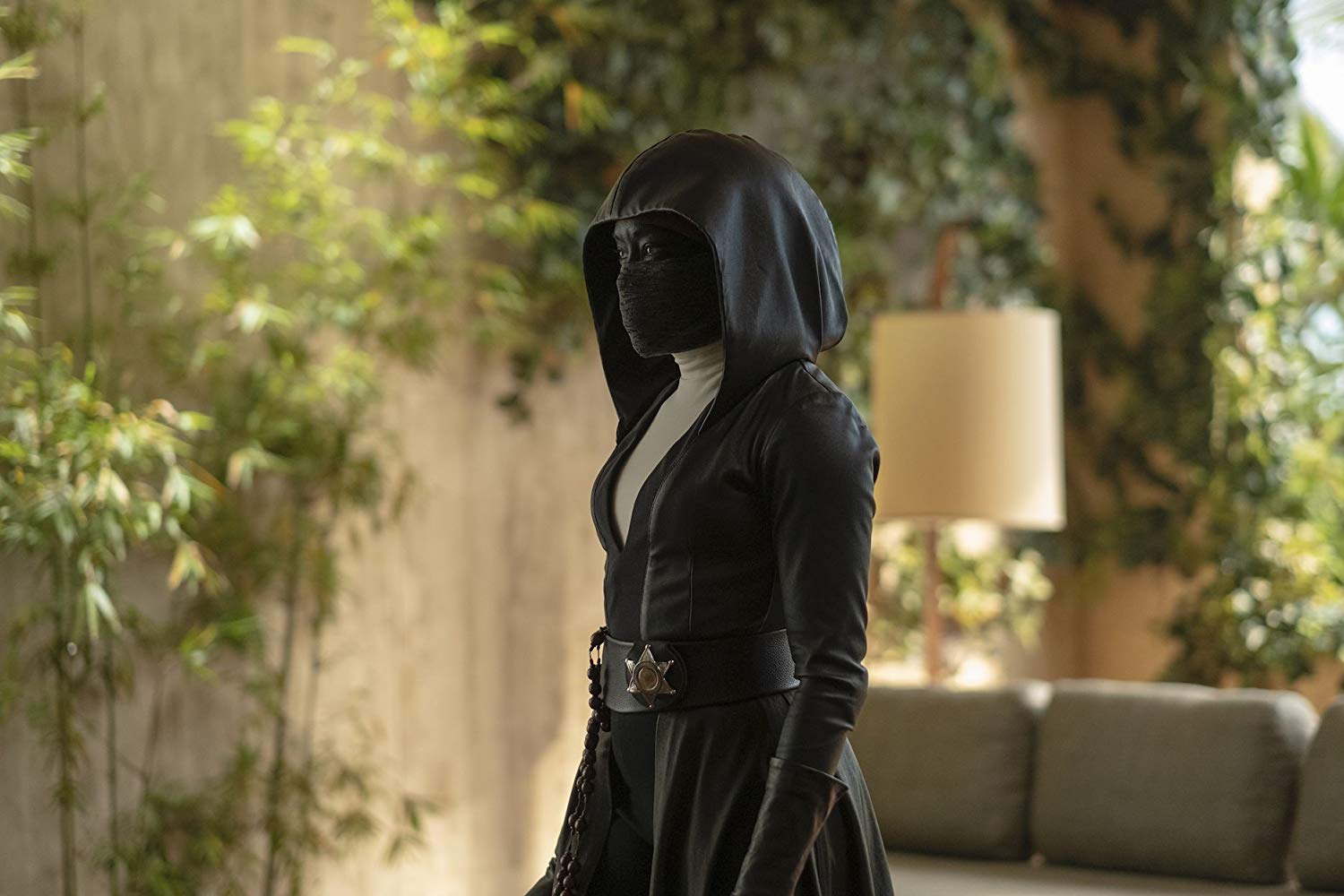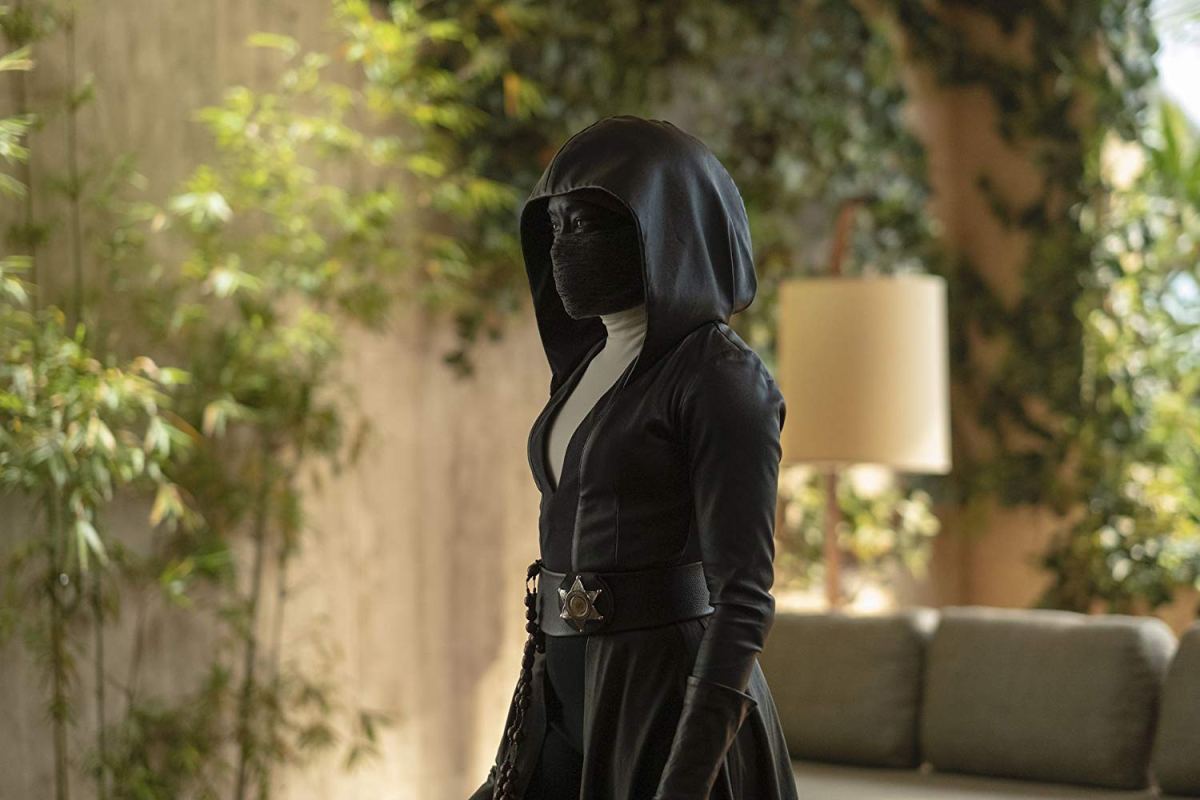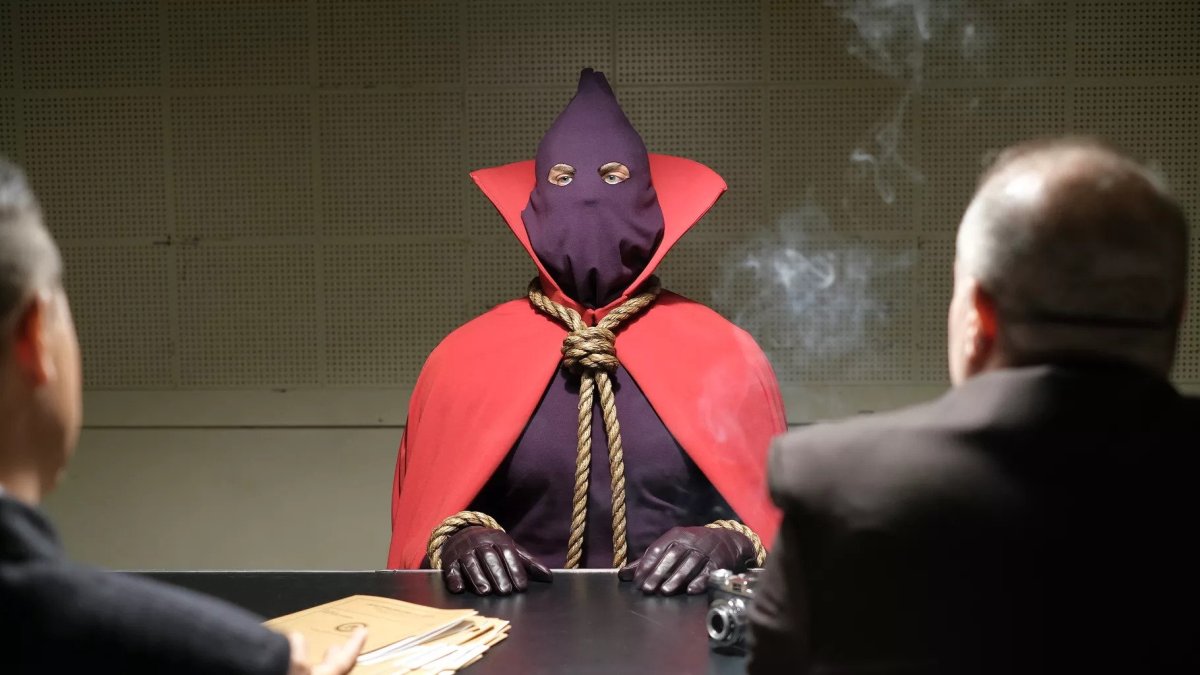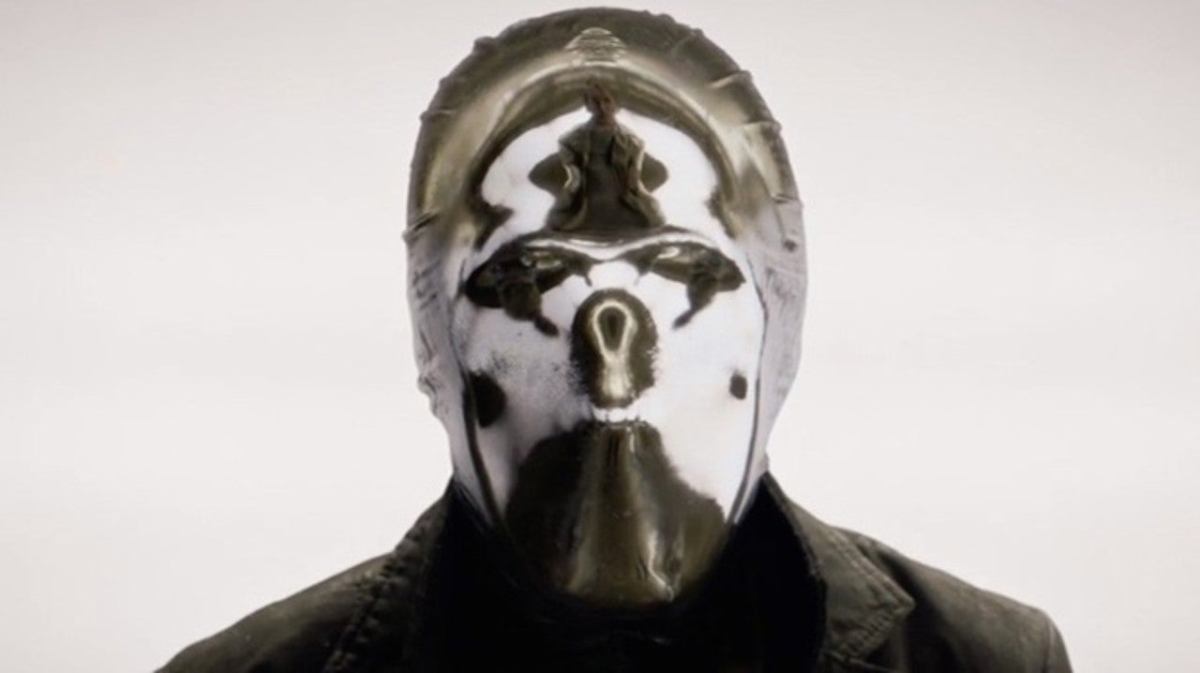Interview: Behind the Costumes of Watchmen


Watchmen, Damon Lindeloff’s massive and ambitious remix of the iconic comic book, is simply one of the best shows airing on television right now. Last night’s episode, “An Extraordinary Being,” was the high point of a season that’s reinvented itself with each episode.
This kind of quality happens when every person is working at their best in every aspect of the show, and “An Extraordinary being” was not just a triumph of writing from Lindeloff and Cord Jefferson, direction by Stephen Williams, and acting from Regina King and Jovan Adepo, but from all the departments.
One of those is Meghan Kasperlik, the costume designer for Watchmen, who took the time to talk to us about bringing Will Reeves’ past to light and the show in general.
Kasperlik has been working in film and television for over a decade, with credits that include The OA and HBO’s Fahrenheit 451. Coming into Watchmen, she had to imagine a world of masked vigilantes and a reality slightly to the left of our own, following the template established by designer Sharon Davis in the pilot. “I came in and adopted certain things from the pilot and we kind of revamped a few things.”
Though the design process mostly went episode by episode, there was one costume Kasperlik was given ample lead time one: Adrian Veidt’s home-made spacesuit. “I knew coming in that I would need to do [the suit] for when Jeremy Irons goes into space,” Kasperlik said, explaining that every element of the suit, from the helmet to the boots, was custom made. The helmet actually had a functional air filtration system that utilized the follicles of the hair at the top of the helmet!

The fictional Hooded Justice in the American Hero story show within a show. Image Mark Hill/HBO.
Watchmen takes place over one hundred years, a daunting range for any designer, but it also contains a show within a show: “American Hero Story” which had a completely different aesthetic from the rest of the show. “The color had to be umped up a little bit more and the texture,” Kasperlik explained. “Everything was heightened, the lighting, the action, everything.”
That heightened quality provided a huge contrast to the real story of the Minutemen and Hooded Justice that we saw in last night’s episode. “When we get into episode six and meet Hooded Justice and the Minutemen—the real Minutemen from the 30s and 40s,” Kasperlik explains that the driving question was “what is the reality of that?”
Throughout all of Watchmen, the costumes ground the heroes in realism. “The vigilantes from the graphic novel and whatnot,” Kasperlik told us, “they made their own costumes, so nothing could be super super high tech. So everything had to be a little bit more obtainable.” This applied to Hooded Justice, who, it is revealed in the episode, was secretly a black man whose costume was built of the elements of an attempted lynching. “I wanted to make sure that the knit that the Hooded Justice costume was made out of what a little bit more of a blend,” so that it matched the textures of the 30s.
Kasperlik wanted The Minutemen costumes to be as close to the original Watchmen graphic novel as possible. This mandate applied to everything. “Damon Lindeloff really wanted the graphic novel to be the inspiration for the entire series while still building upon the new characters that we have, so it was almost like it was our bible,” Kasperlik said. “It was always on my desk, and I was always going back to looking at it.”
The costumes for a show like this aren’t just readily available to rent or modify. In “An Extraordinary Being,” not only were the Minutemen custom created, but all the costumes for Angela and Will were also custom made, as they would have to both wear the same thing.
Watchmen demanded a huge level of detail, from Harlem of the 30s to New Jersey in the 80s to a present that’s different from our own. “I definitely kept it to what people are wearing today, but just dated back ever so slightly,” Kasperlik shared, noting that she forwent any tech fabrics or and clothing meant to accommodate modern technology that the world of the show eschews. Overall, all the heroes maintain a very simple, low-tech silhouette to echo the look of the graphic novel.

Tim Blake Nelson as Looking Glass. Image: HBO
As far as tech fabrics go, however, there is one exception: The mirrored full-face mask of Time Blake Nelson’s Looking Glass. The effect of that mask was accomplished through many different means. “Most of it is CG,” Kasperlik revealed of the reflective mask. “We do have like four different versions of that mask,” including a motion-capture version with mesh paneling for the eyes as well as blue and green screen versions and an actual lamé version. “Anything up close with the reflection in it was done on a CG element.”
Kasperlik hinted that there are more exciting things to come, including the reasoning behind Angela’s “Sister Night” costume and persona, but overall the work has been a blast. “It’s just been fun to do a hundred years in various locations,” Kasperlik said. And the passion has certainly paid off.
Watchmen airs Sundays at 9:00 on HBO
(Images: HBO)
Want more stories like this? Become a subscriber and support the site!
—The Mary Sue has a strict comment policy that forbids, but is not limited to, personal insults toward anyone, hate speech, and trolling.—
Have a tip we should know? [email protected]
